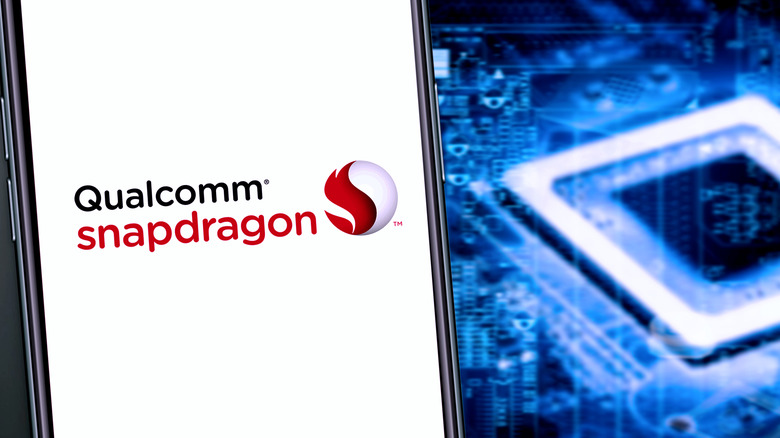Qualcomm's New Snapdragon G-Series Lineup Is Destined For Gaming Handhelds
While there is no denying that Qualcomm is a leading player in the smartphone and tablet SoC space, the same cannot be said about its exploits in the handheld gaming space. A year after the company made its foray into this segment with its first-generation Snapdragon G3x SoC, it is making a second attempt with a more powerful, improved variant of the same chip — now called the Qualcomm Snapdragon G3 Gen 2.
Alongside the G3 chip, the company also announced two additional chips: the Snapdragon G1 Gen 1 and the Snapdragon G2 Gen 1. If not evident already, both chips are intended to be used on affordable devices positioned below high-end handheld systems that will use the Snapdragon G3x chips.
Despite the promising specs of last year's Snapdragon G3, it officially made it to a single device — the Razer Edge gaming tablet. While Razer doesn't seem to be interested in a robot of the same product with the newest, second-generation G3 chip, Qualcomm has indicated that it is working with players like Aya Neo, Chinese device manufacturer Huaqin, and two Taiwan-based companies — Inventec and Thundercomm to develop new systems based on these new chips.
Given that Aya Neo is already developing a new Android-powered device — currently codenamed "S" — it would be interesting to see whether it would use one of the chips officially announced today by Qualcomm.
Key specs of Qualcomm's 2023 Snapdragon G-Series chips
The Snapdragon G1 is the most affordable of the three SoCs announced and is destined to be used on fanless handheld gaming devices. At the heart of this chip is an 8-core Kryo CPU, which works in tandem with the Adreno A11 GPU for graphics. It can drive 1080p displays with a max supported refresh rate of 60 Hz. Wireless support is limited to Wi-Fi 5 and Bluetooth 5.0. Qualcomm clarifies that these chips are not built for outright performance and focus more on ensuring lag-free connectivity and longer battery life. Devices that use these chips will mostly be used to stream PC and console games.
Slightly up the price (and performance) ladder is the Qualcomm G2 chip, which also gets an 8-core Kryo CPU and a more powerful Adreno A21 GPU, which should ensure a sizable performance improvement over G-based systems. This SoC also adds faster connectivity options (Wi-Fi 6/6E) and optional 5G support enabled by the onboard Snapdragon X62 5G Modem-RF System. Qualcomm envisions Snapdragon G2-based systems will power mobile and cloud-gaming handhelds.
The Snapdragon G3 Gen 2, the most powerful among the three offers a 30% performance boost over its predecessor. It continues to be powered by an 8-core Kryo CPU, aided by the Adreno A32 GPU, which gives a 2x performance improvement. Built for enthusiast-grade handhelds, the Snapdragon G3 Gen 2 also offers Wi-Fi 7 and 5G support. It's also capable of hardware-accelerated ray tracing.
It is unclear how long it would be before the first handhelds powered by these newly introduced chips would reach consumers' hands.

